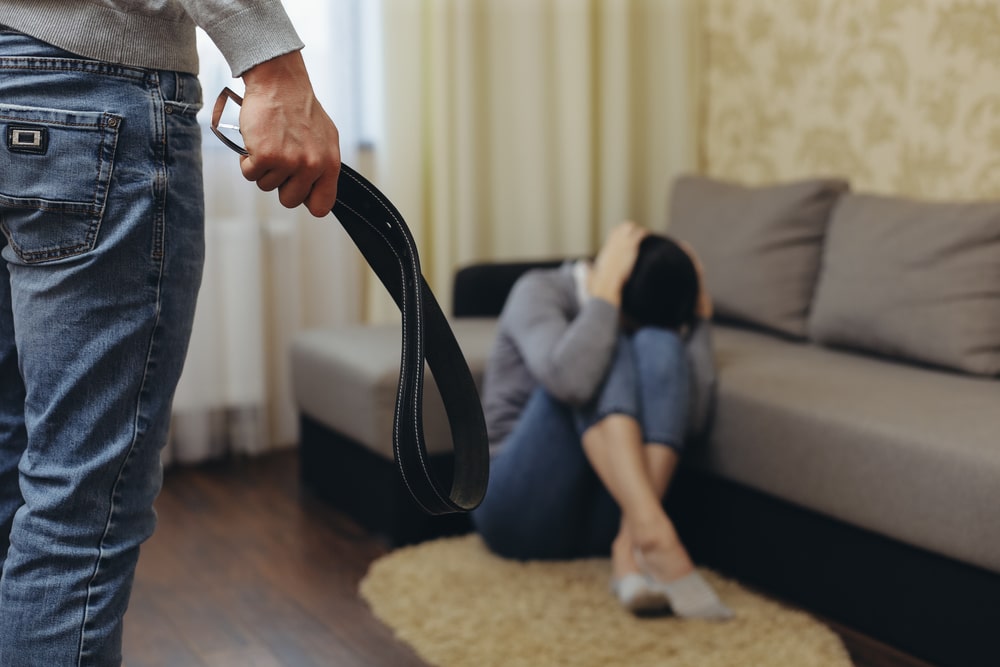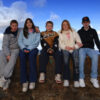Physical abuse is defined as any “intentional act causing injury or trauma to another person…by way of bodily contact.” Any way of deliberately causing physical harm to a child or young person is considered physical abuse, regardless of whether these behaviors leave a visible mark on a young person’s body. The American Academy of Child and Adolescent Psychiatry provide examples of physically abusive treatment, some of which include:
- Hair pulling
- Scratching
- Punching
- Kicking
- Biting
- Pushing
- Burning
- Hitting
- Using a weapon
- Pulling or grabbing clothes
Physical abuse also includes making up the symptoms of an illness or causing a child to become unwell. Physical abuse can present in a variety of ways, which can make it difficult to recognize. More so, it is not uncommon for people to overlook signs of physical abuse due to a strong (subconscious, unconscious, or conscious) desire to deny it is occurring. There are typically physical, behavioral, and emotional signs of physical abuse. Behaviors are seen both in the abuser and in the victim. Rather than focusing on only five symptoms of physical abuse, The Brighton & Hove Safeguarding Children Partnership (BHSCP) identifies several common symptoms of physical abuse, including, but not limited to:
- Bruises (particularly indicative of abuse if observed in infants and immobile children)
- Broken or fractured bones, or evidence of old fractures
- Burns or scalds, particularly to the feet or the bottom
- Lacerations to the body or mouth
- Bite marks
- Scarring
- The effects of poisoning (e.g., vomiting, drowsiness, seizures)
- Breathing problems from drowning, suffocation, or poisoning
- Head injuries in babies and toddlers as indicated by swelling, bruising, fractures, being extremely sleepy, breathing problems, vomiting seizures, being irritable or not feeding properly
- Seeming frightened of parents, reluctant to return home after school
- Displays frozen watchfulness
- Constantly asking in words/ actions what will happen next
- Shrinks away at the approach of adults
Please note that all typically developing children have bumps, trips, and falls, and not all cuts and bruises inevitably mean that a child is being physically abused. Still, if you are concerned that your teen may be the victim of physical abuse do not delay in pursuing professional guidance.
For Information and Support
Every family in need of mental health treatment must select a program that will best suit the needs of their family. When one member of a family struggles, it impacts everyone in the family unit. To maximize the benefits of treatment we work closely with the entire family to ensure that everyone is receiving the support they need through these difficult times. Seeking help is never easy, but you are not alone! If you or someone you know needs mental health treatment, we strongly encourage you to reach out for help as quickly as possible. It is not uncommon for many mental health difficulties to impact a person’s life, long term. Pursuing support at the beginning of one’s journey can put the individual in the best position to learn how to manage themselves in a healthy way so they can go on to live happy and fulfilling lives.
OUR KNOWLEDGEABLE ADMISSIONS TEAM CAN BE REACHED 24/7 AT INFO@PACIFICRTC.COM OR CALL: 800-531-5769






